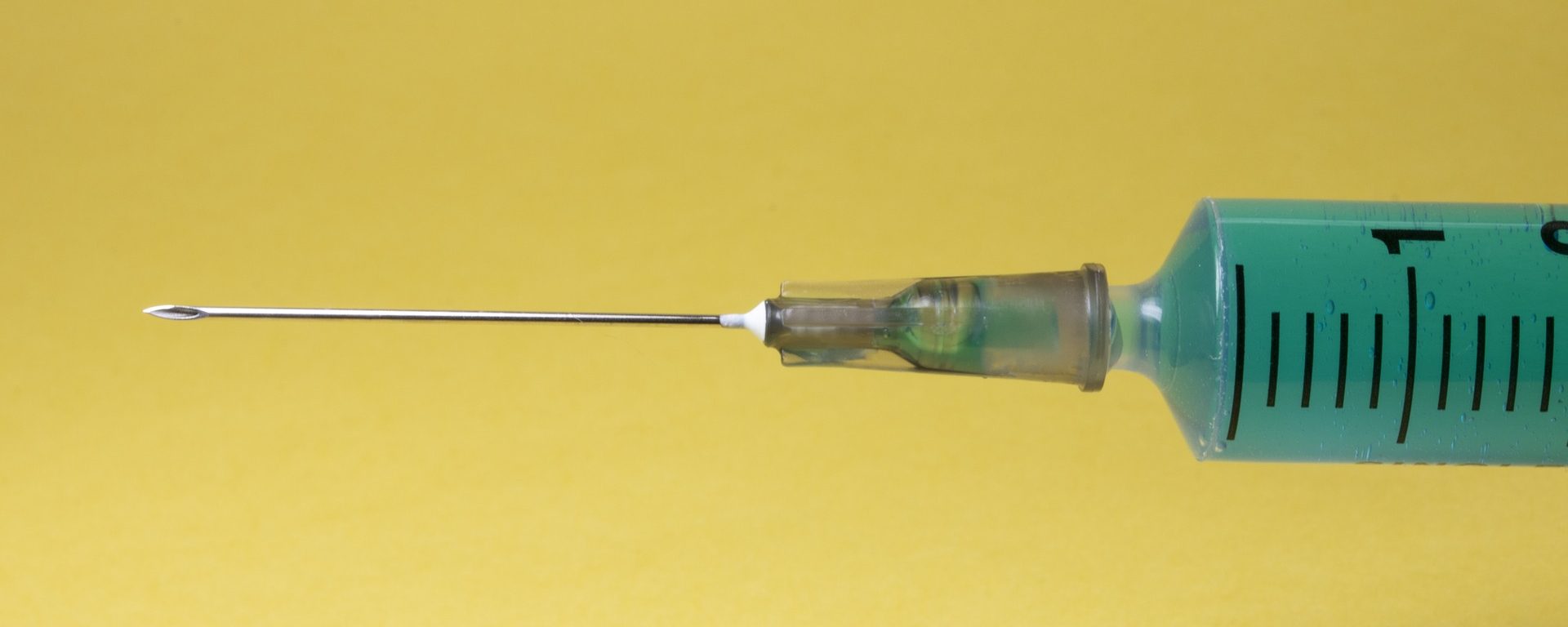By Sarea Nizami
You may often associate the word “rabies” with dogs. But, did you know that 70% of rabies infections among humans in the United States are because of bats?
In the United States, rabies is much more prevalent among wildlife than domestic animals. Thanks to pet vaccination programs, dogs don’t have to worry about getting rabies nor do we have to worry about contracting rabies from a dog bite. Rabies is a zoonotic disease, meaning that animals transmit the disease to humans. When humans are bitten by a rabid animal, a virus called Rabies lyssavirus in the animal’s saliva travels from the muscle to the brain. It is a highly feared disease because if you don’t seek treatment immediately, hallucinations, paralysis, coma, and inevitably death will occur.
In countries where rabies is a concern, an oral rabies vaccination program is commonly implemented to protect both animals and humans. Sachets of rabies vaccine in food are strategically placed in the wild as bait. This lures in animals who will consume the vaccine and develop immunity against rabies. Unfortunately, the efficacy of oral rabies vaccination varies from animal to animal. While the vaccine is effective in developing an immune response in foxes, raccoon dogs, and mongooses, we don’t see the same results in raccoons and skunks.
A new paper from Kamp and her research team compared the vaccine response in six animals commonly infected with rabies: foxes, raccoon dogs, mongoose, raccoons, dogs, and skunks. The study aimed to determine the difference in response of oral rabies vaccine among different animals.
Strengthening the “weak”
Oral rabies vaccine consists of a weakened form of the virus. Once the vaccine is swallowed, the virus is detected in the oral cavity. The immune system, a center in charge of defense against harmful guests, will produce antibodies. Antibodies are soldiers that fight against the virus and are on standby for future combat if the virus reappears. The vaccine is a boot camp instructor that trains the immune system to produce effective antibodies. If the vaccinated animal does encounter the true virus form in the future, its antibodies will be strong enough to overcome the disease.
Kamp and her research team discovered that it was difficult to detect the amount of vaccine-related rabies virus in all six of the animals. Because viral load, or the amount of virus in the body, appears to correlate with the amount of antibodies produced, this suggests that a higher vaccine dose might be needed to induce a stronger response.
Moreover, the team discovered that multiple tissues in the oral cavity may be able to induce an immune response. Prior to the experiment, it was believed that only one tissue organ, the tonsilla palatina, could elicit an immune response against the rabies virus. The strength of immune response induced by tonsilla palatina varies across animals. Therefore, introducing other organs into the vaccine design can increase the potency of the vaccine.
Making the wild safe for everyone
Before the discovery of the rabies vaccine, dogs were commonly culled to reduce the risk of rabies to humans. The deadly disease causes horrific consequences before any treatment has sufficient time to properly work. Rabies is a threat to humans, especially to those who work with wildlife and those who enjoy exploring nature.
Introducing the rabies vaccine to wildlife animals can protect animals and prevent them from spreading the virus to other animals. Based on Kamp’s study, oral rabies vaccination programs may improve by increasing the dose, increasing the ingestion frequency of the vaccine as well as intensifying the interaction of the vaccine virus and other organs. With better rabies programs in place, we don’t need to ‘turn tail’ when exploring the great outdoors.
References
Kamp, V. T., Freuling, C. M., Vos, A., Schuster, P., Kaiser, C., Ortmann, S., … Finke, S. (2020). Responsiveness of various reservoir species to oral rabies vaccination correlates with differences in vaccine uptake of mucosa-associated lymphoid tissues. Scientific Reports, 10(1). doi: 10.1038/s41598-020-59719-4
Udow, S. J., Marrie, R. A., & Jackson, A. C. (2013). Clinical Features of Dog- and Bat-Acquired Rabies in Humans. Clinical Infectious Diseases, 57(5), 689–696. doi: 10.1093/cid/cit372
Pieracci, E. G., Pearson, C. M., Wallace, R. M., Blanton, J. D., Whitehouse, E. R., Ma, X., … Olson, V. (2019). Vital Signs: Trends in Human Rabies Deaths and Exposures — United States, 1938–2018. MMWR. Morbidity and Mortality Weekly Report, 68(23), 524–528. doi: 10.15585/mmwr.mm6823e
World Health Organization. (2019, September 27th). Rabies. Retrieved from https://www.who.int/news-room/fact-sheets/detail/rabies
Fooks, A., Cliquet, F., Finke, S., Freuling, C., Hemachudha, T., Mani, R.S., … Banyard, A.C. (2017). Rabies. Nat Rev Dis Primers 3, 17091(2017). https://doi.org/10.1038/nrdp.2017.91
